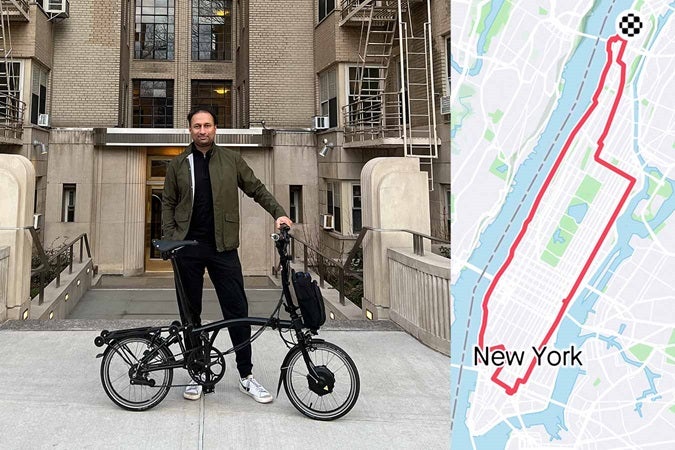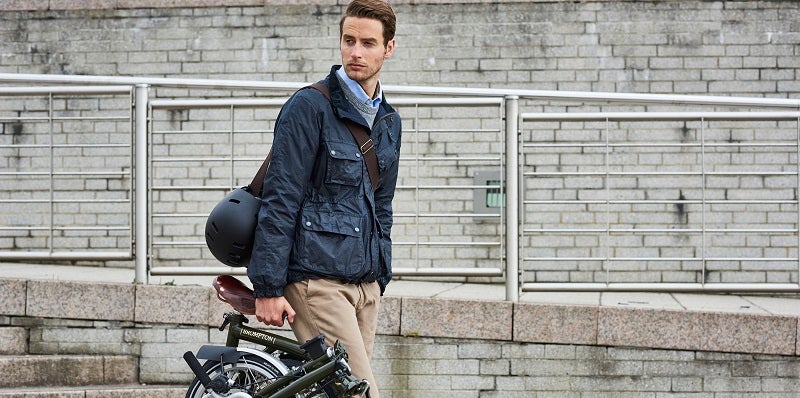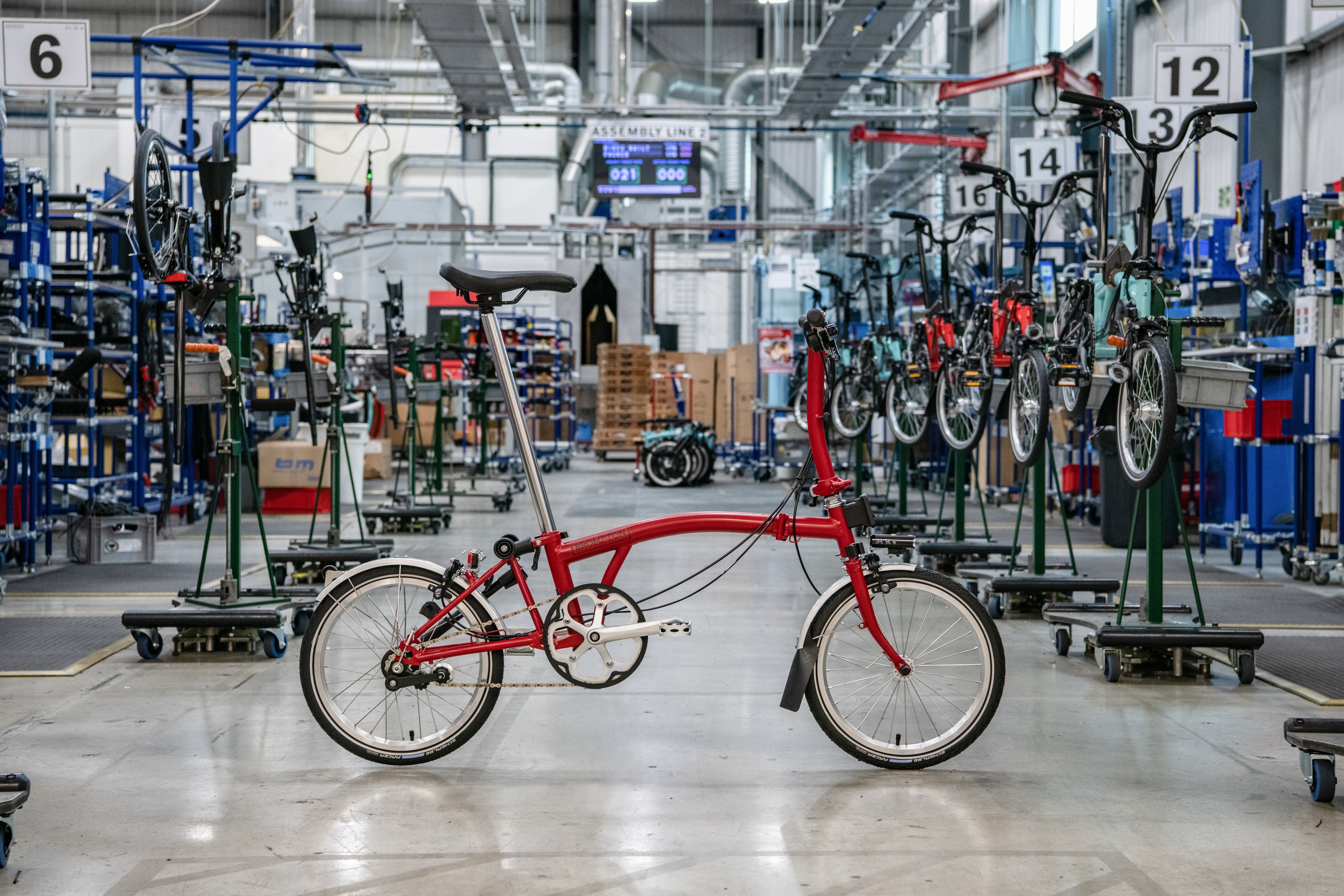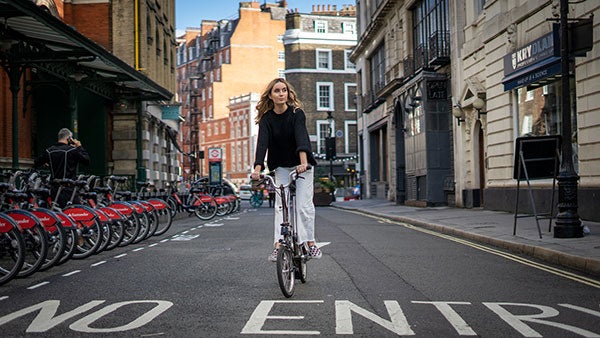Cities should harness movement to encourage good mental health.
"The benefits of exercise for your physical health are indisputable and well-recognised. What is less well recognised is just how integral exercise is to your mental health. By increasing serotonin levels, encouraging social interactions, and helping to regulate your sleeping pattern, exercise can improve your mood, stress levels and wellbeing. The impact that exercise has on increasing your self-esteem and empowerment can also be profound.
Your urban environment can help improve your mental health. There are more people living and working in urban environments than ever before and the experience of these places can have a huge impact on how we feel. So how can we design better mental health into our cities? I believe the answer falls into four categories: green places, active places, pro-social places and safe places – I use GAPS as an acronym to showcase the main areas in which urban areas need to deliver.
G stands for Green places. There is a lot of evidence that when you have increased access to green spaces, your mental health is better. Encountering natural settings as part of your day-to-day routine is an easy way to boost your mental health, yet achieving this can be difficult in cities, especially those where many people either drive or take the tube to work. Active commuting can help maximise that important exposure to nature.
A stands for Active places and is based on the research findings that when you exercise regularly, your mood and wellbeing improve. Since people who live in cities can have up to 39% more depression, embedding action opportunities like active transport and outdoor gyms into urban design can give you agency, integrate both exercise and social interaction, and has the potential for major impact on your mental health.
P stands for Pro-Social places. This idea is about encouraging open public spaces where you can meet with one another, which can help boost your mental health. Social interaction increases your self-esteem and feelings of belongingness in a community, and mitigates feelings of loneliness, anxiety and isolation. These pro-social places should be inclusive of potentially vulnerable groups like refugees, migrants and young and old people. Pro-social places can facilitate physical activity opportunities.
S stands for Safe places. A sense of safety is integral to mental health – and when you feel safe, you are more likely to be active. The risk of getting lost, injury (by other people, traffic or by inaccessible routes), or air pollution can deter you from being active in public places. These risks can be reduced through approaches like street lighting, surveillance, distinct landmarks, and people-centric design of residential, commercial and industry routes.
All of these opportunities to improve public mental health are overwhelmingly intertwined. If we get people outside more, they will encounter more nature, improve their exercise habits and have more social interactions, which each have a significant effect on mental health. By considering the opportunities at the heart of GAPS, we can start to build cities that promote good mental health.""
Psychiatrist Dr Layla McCay founded the Centre for Urban Design and Mental Health in 2015 to help increase interest, knowledge sharing and translational research to improve population mental health through smart urban design.
Find out more about our Campaign for Movement here.



